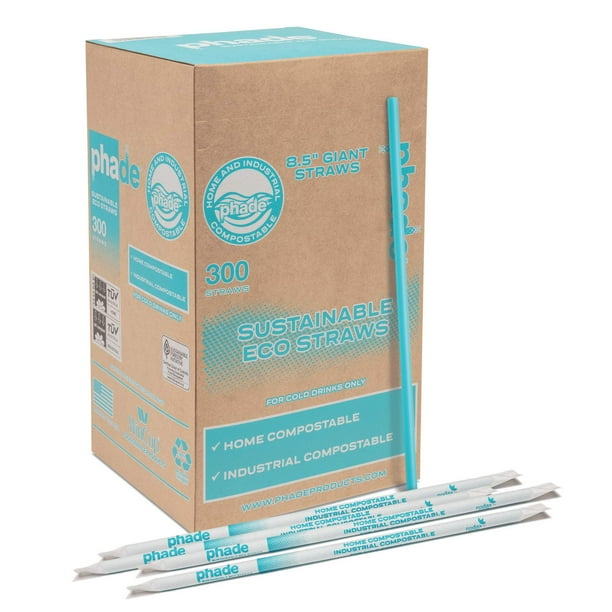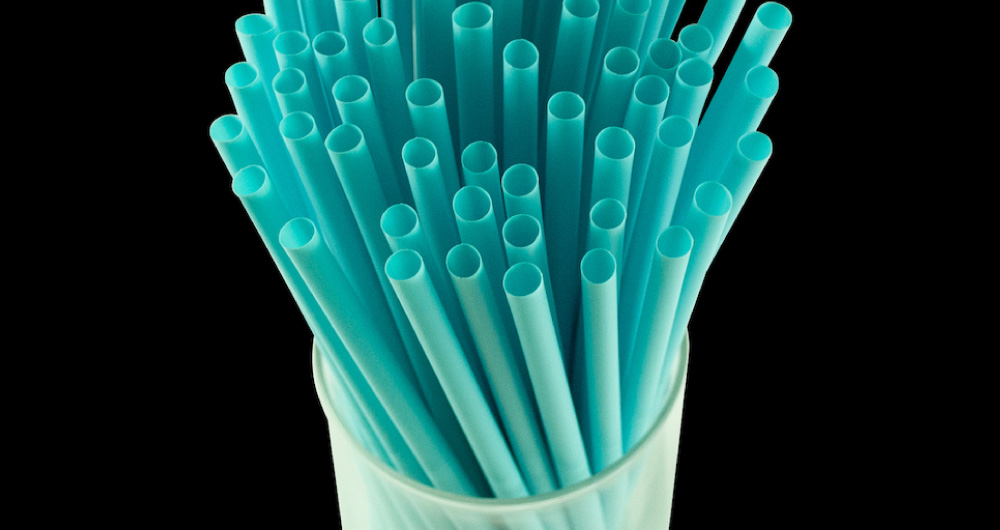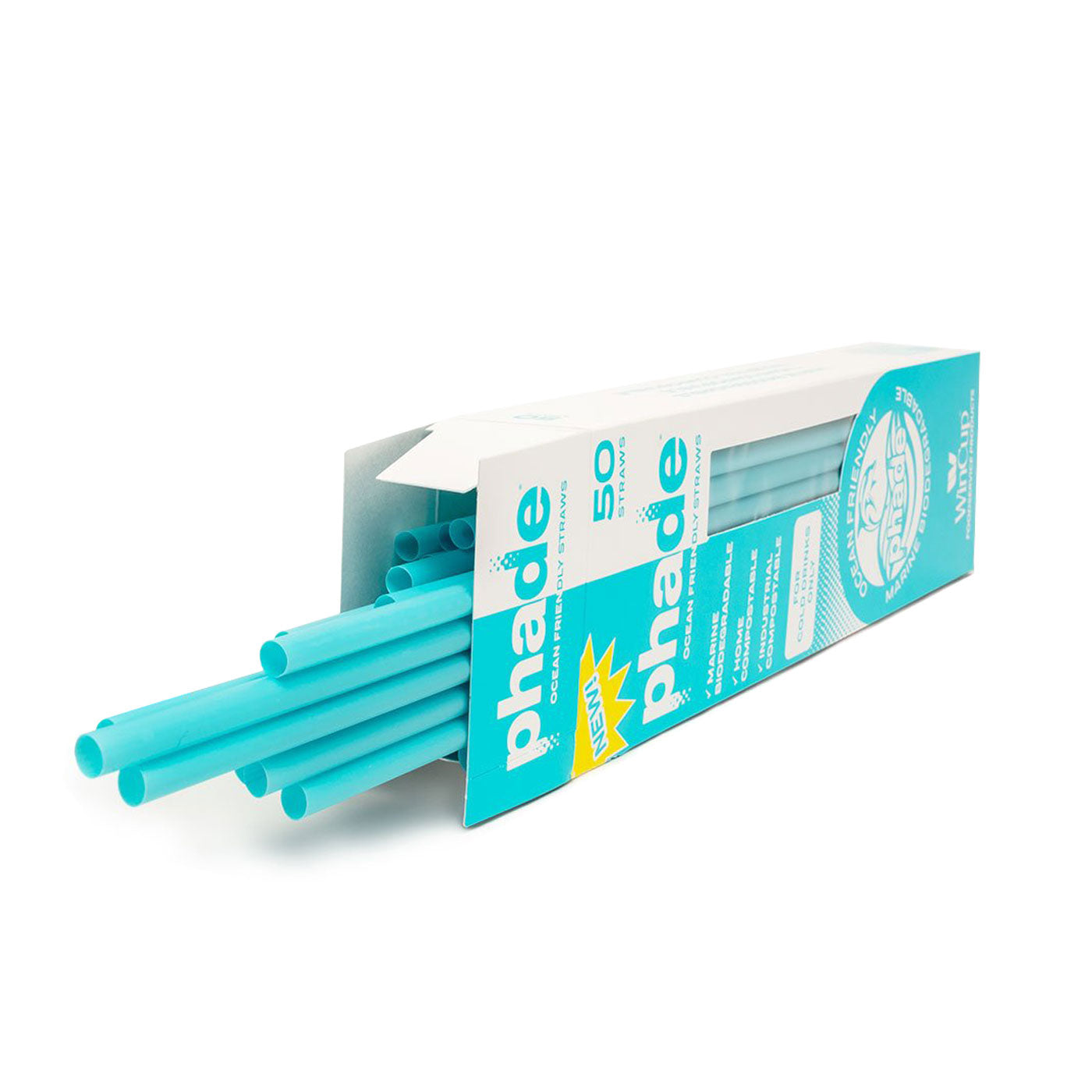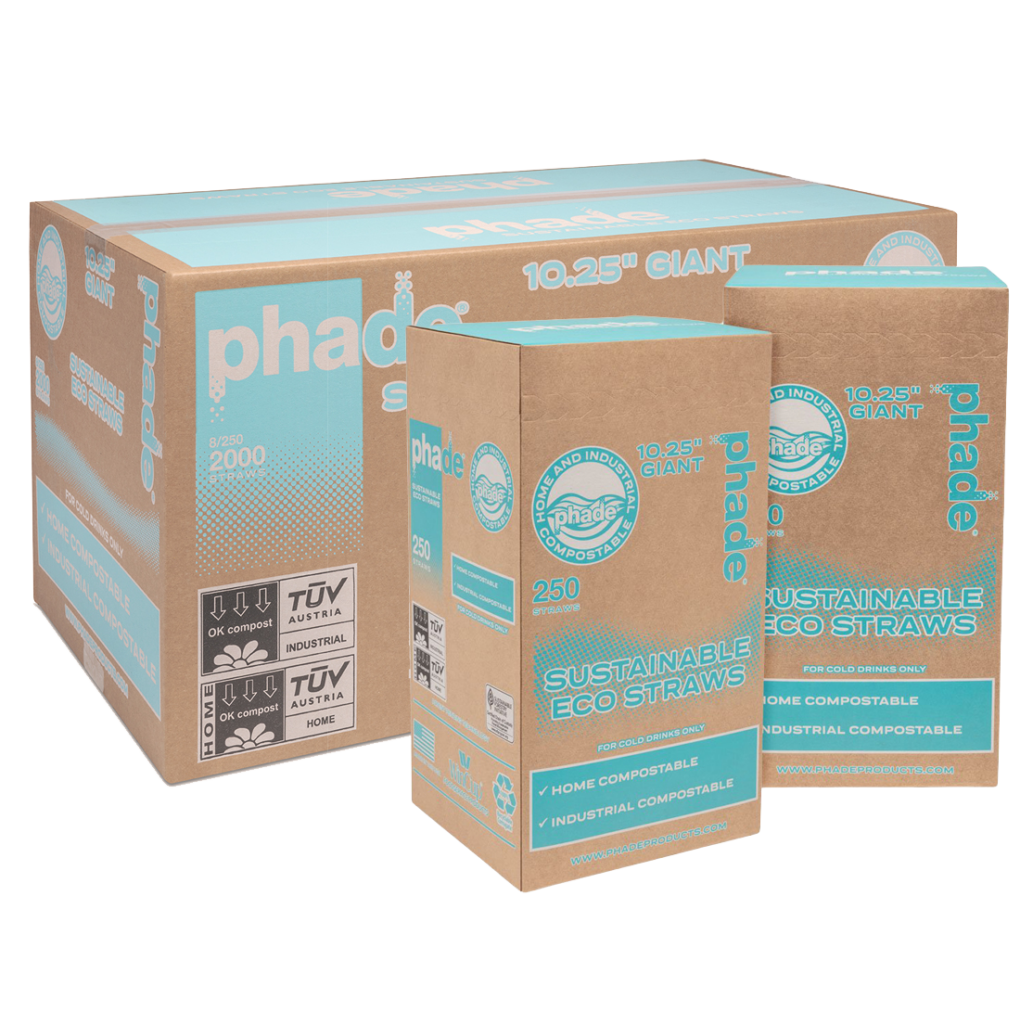What Are Phade Straws Made Of

The race to replace plastic straws is intensifying. Phade straws, marketed as a sustainable alternative, have gained popularity, but what exactly are they made of and are they truly eco-friendly?
This article breaks down the composition of Phade straws, addresses concerns about their environmental impact, and clarifies their role in the ongoing effort to reduce plastic waste.
The Key Ingredient: PHA
Phade straws are primarily composed of Polyhydroxyalkanoate (PHA), a biopolymer derived from canola oil. This is a crucial distinction from traditional plastic straws made from petroleum-based polymers.
PHA is produced through a fermentation process using microorganisms. These microorganisms consume canola oil and convert it into PHA, which is then harvested and processed into straws.
Benefits of PHA
PHA is touted as biodegradable and compostable, offering a significant advantage over conventional plastics. The manufacturer, WinCup, claims Phade straws are marine biodegradable, meaning they can break down in ocean environments.
According to WinCup, Phade straws meet ASTM D6400 and EN13432 standards for industrial compostability. This means they should decompose in commercial composting facilities under specific temperature and humidity conditions.
Addressing Biodegradability Claims
While Phade straws are marketed as biodegradable, the reality is more nuanced. The biodegradability of PHA depends heavily on the environment.
In optimal conditions, such as industrial composting facilities, PHA can break down relatively quickly. However, in landfills or natural environments, the process can be considerably slower.
A 2021 study published in the journal "Frontiers in Bioengineering and Biotechnology" examined the degradation rates of PHA in different environments. The study highlighted that the rate of biodegradation varies significantly based on factors like temperature, moisture, and microbial activity.
Concerns About Marine Degradation
The claim of marine biodegradability has faced some scrutiny. While WinCup provides data suggesting Phade straws will degrade in seawater, independent studies are still needed to fully validate these claims over extended periods.
Environmental organizations like the Surfrider Foundation emphasize the need for comprehensive testing to ensure marine biodegradability claims are accurate. They urge consumers to be cautious about relying solely on manufacturer-provided data.
Manufacturing and Distribution
Phade straws are manufactured in the United States. WinCup operates facilities in several states, including Georgia and Indiana.
The company partners with distributors to make Phade straws available to restaurants, foodservice providers, and consumers across the country.
The widespread adoption of Phade straws reflects a growing demand for sustainable alternatives to plastic. However, the cost of PHA-based straws is generally higher than traditional plastic straws.
Cost Considerations
The higher cost of Phade straws can be a barrier for some businesses. As demand increases and production scales up, prices are expected to become more competitive.
Some restaurants are choosing to absorb the extra cost, while others are passing it on to consumers. The decision often depends on the restaurant's commitment to sustainability and its customer base's willingness to pay a premium.
The Future of Phade Straws
WinCup continues to invest in research and development to improve the performance and sustainability of Phade straws. They are exploring new formulations and manufacturing processes to further enhance biodegradability.
Ongoing studies are assessing the environmental impact of Phade straws in various settings. This research will provide valuable insights into the true biodegradability and compostability of the product.
The ultimate goal is to create a truly sustainable alternative to plastic straws that can effectively address the global plastic waste crisis. Continued innovation and rigorous testing are essential to achieving this goal.


















